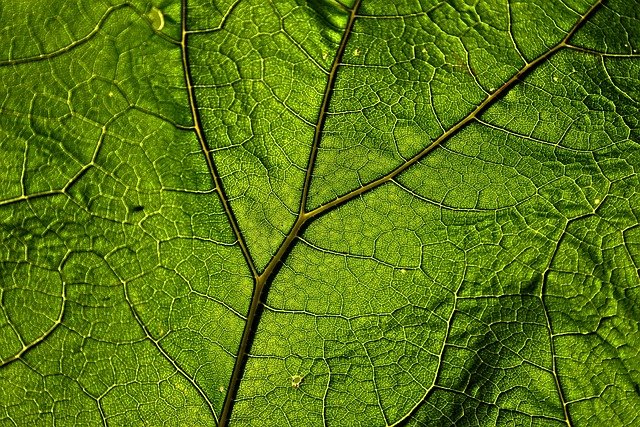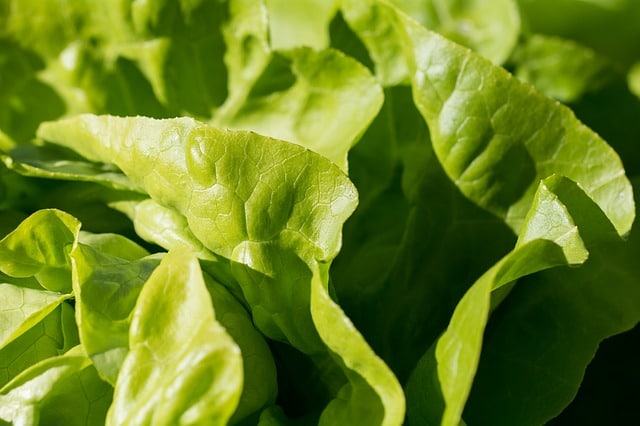
The mesophyll is found inside the leaves
Mesophile is a term that is not part of the dictionary of the Royal Spanish Academy ( RAE ). The concept is used in the field of botany to refer to the material found inside the leaves of plants .
Between the beam and the underside
The mesophyll, or mesophyll , is located between the epidermis of the upper face (the upper face ) and the lower face (the underside ). It is made up of a type of parenchymal tissue called chlorenchyma and vascular tissues that develop in the veins .
When the mesophyll is composed of a single type of chlorenchyma cells, it is called homogeneous . In this type of mesophyll, the shape of its cells varies in their degree of roundness, something that can be seen in lettuce or flax, among other herbaceous plants, or have an elongated appearance, as occurs with beets. It should be added that eucalyptus with pendulous leaves are another example of a plant with homogeneous mesophyll.
On the other hand, when it has two forms of chlorenchyma, it is called a heterogeneous mesophyll . The two types of chlorenchyma that can be seen in a mesophyll of this type are spongy parenchyma and palisade parenchyma, and according to their location, it is possible to distinguish three different structures of the mesophyll: dorsiventral, isobilateral and centric .
Mesophyll structures
The dorsiventral mesophyll is also known as bifacial and is the type of structure in which the palisade chlorenchyma is found towards the upper surface of the leaf and the spongy chlorenchyma is found towards the underside, as occurs in privet and vine. It is common to pull this mesophyll structure in leaves whose orientation is horizontal. The number of layers can vary: the pear tree has three; alfalfa and pink laurel, two; sweet potato and tobacco, one. There may even be differences between leaves of the same plant.
Secondly we have the isobilateral mesophyll , whose alternative name is bifacial . It has a layer of colorless parenchyma between the chlorenchyma. In it we can see the chlorenchyma in a palisade on top of the two sides of the leaf blade , while between the two is the spongy layer.
Finally, the centric, unifacial or radial mesophyll sometimes has sclerenchyma and a tissue that facilitates water passage to the so-called conductive tissues . It is found in plants whose leaves are practically cylinder-shaped, since they are not very wide.
Mesophyll layers
Another distinction that can be made is between the different layers of mesophyll. The palisade layer develops close to the epidermis and has compressed cells with a high number of chloroplasts . The spongy layer , meanwhile, has a lower level of chloroplasts and has air between the cells.
If the plant is located in a very hot area, it exhibits more palisade layers of mesophyll and fewer spongy layers to optimize the development of photosynthesis and protect the specimen from ultraviolet rays. In cold regions, however, the opposite happens.

In the homogeneous mesophyll, its cells have a variable degree of roundness
Features
It is important to mention that the mesophyll is the main component of the interior of the leaves. Most of photosynthesis is carried out there, which is why it has great relevance not only for flora , but also for life in general.
The mesophyll, on the other hand, acts as a reserve of nutrients and energy . It also contributes to the absorption of carbon dioxide.
Another meaning
As an adjective , finally, mesophilic is associated with environmental conditions that can be considered moderate : a mesophilic plant or a mesophilic forest , for example, require these types of conditions for their development.
